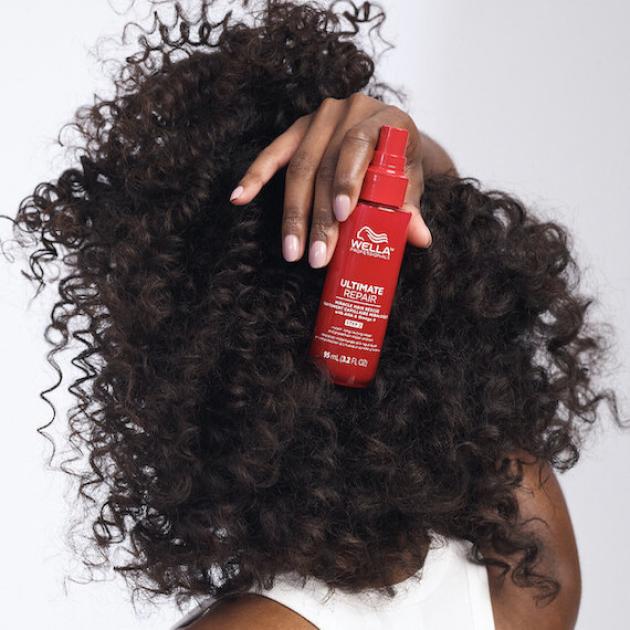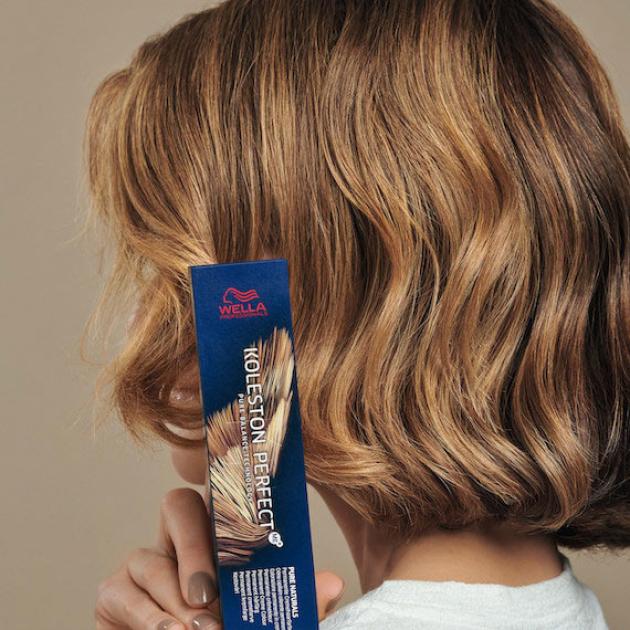How to Elevate Your Hair Color Consultations
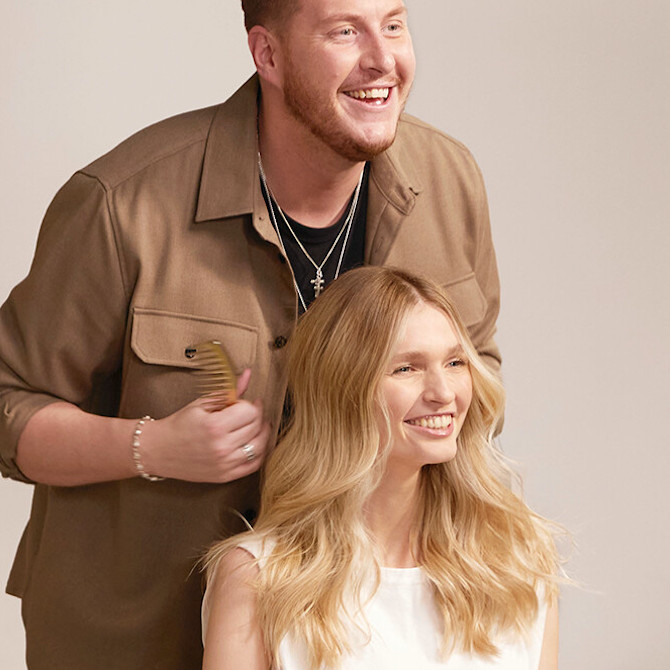
Color consultations are the secret to creating the hair of your client's dreams – and growing your business. In fact, research reveals that clients who have a consultation spend up to 35% more on products and services. Compare that with the news that 72% of clients feel their consultations aren't as in-depth as expected, and it's easy to see why brushing up on your consulting skills is crucial.
So, how do you provide the best color consultation experience for everyone who sits in your salon chair? Here's Wella Professionals' guide to consulting like the color expert you are...
Discover the 3-Step Consultation
Color consultations become much easier when you have a framework to guide you. That’s why we created a three-step consultation blueprint that covers all the bases for your clients' needs. This is how it works…
Step 1: Identity
Start by getting to know your client. Who are they? What does their lifestyle look like? How much time do they have to spend on their hair? These are all important details that help you figure out the kind of looks they love and what level of color maintenance fits their schedule. For example, if they're all about low-effort locks, they might prefer a balayage that allows for quick touch-up appointments. Or if they're a fashion lover, they might want your expert insight on the latest color trends. Knowing more about their likes and dislikes lets you get into their mindset, so you can make color decisions that fit their unique style.
This is also a good time to discuss their budget. How much money they're willing to spend on their hair will guide the types of services you can recommend, as well as the time you're able to invest. Then, begin a hair color analysis to understand their suitability for different products, shades and techniques. This is a must-have step in every hair consultation.
What is a Color Suitability Analysis?
It's an assessment where you take note of each client's unique characteristics. Through their hair, the details to assess include:
- Natural hair color depth
- Underlying pigment
- Hair type
- Percentage of gray hair
- Texture
- Porosity
- Density
Once you've got these details down, take a close look at your client's skin tone. Is it cool, warm or neutral? You'll know it's cool-toned if, on fair skin, you see rosy areas or on dark skin, you see hints of blue. Meanwhile, if their skin is warm, it will feature pale gold hues if lighter, or terracotta, tan and rich amber undertones if their complexion is dark. Neutral skin tones are rare, but are recognizable by having a mix of both cool and warm tinges.
From there, you and your client can discuss whether to use hair colors that harmonize or contrast with their skin tone. Go warm on warm and cool on cool for harmony, or mix warm with cool for the best kind of color clash.

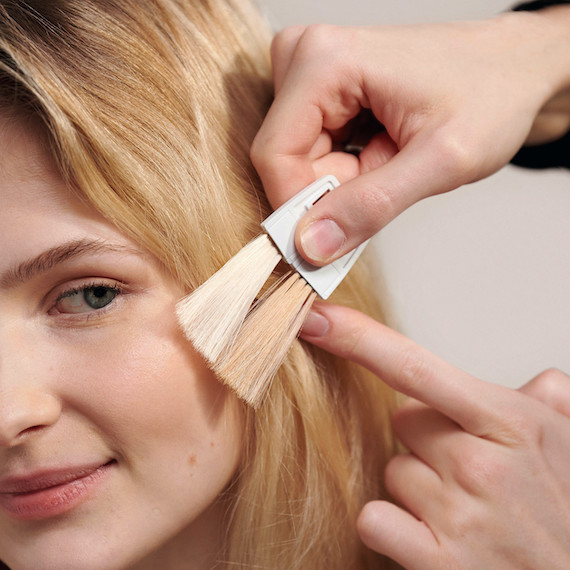
Color Questions to Ask
During the Identity phase of consultation, some questions you can ask your client are:
- How would you describe your style?
- What do you like most about your hair?
- What do you like least about your hair?
- How often do you like to visit the hairdresser?
- How much do you hope to spend on your color?
Step 2: Destination
Next, figure out your client’s dream hair ‘destination’. Understanding the look they hope to reach helps you map out a journey that will achieve their ultimate goals. This is the time for photos; take a look at your client’s inspiration and dig deep into their hopes. Do they want a subtle change? A drastic makeover? If they have gray hair, do they strive to embrace it or are they seeking coverage?
As your client chats about shades, keep their skin tone and eye color in mind to give suggestions on what will suit them best. Again, this is where harmonizing vs. contrasting comes into play. And, while finding their perfect color isn't an exact science – it largely comes down to personal style – the Wella tone equation helps you recommend cool colors or warm colors to create the most striking effect.
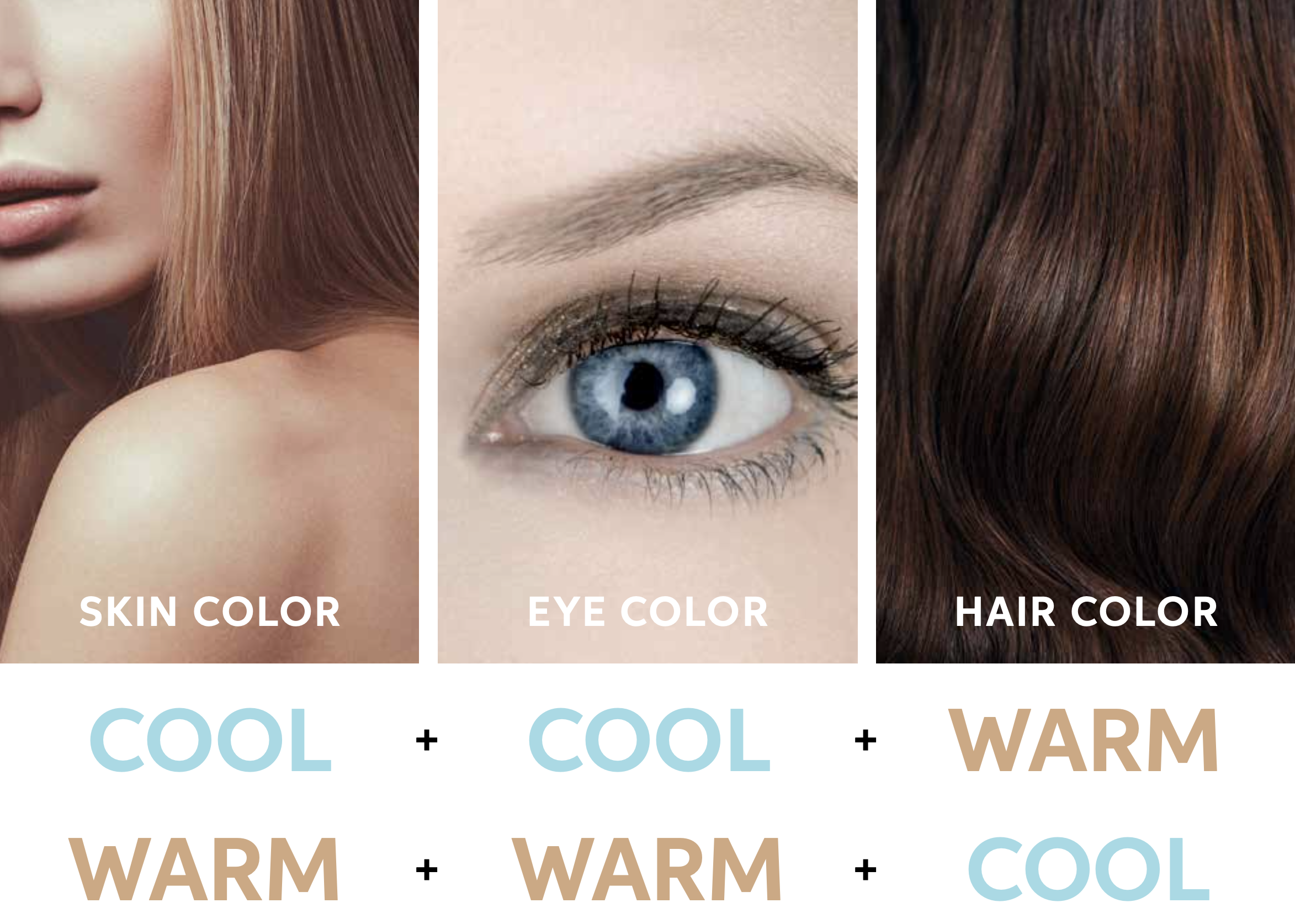
Color Questions to Ask
A good consultation experience requires you to ask and then really listen to your client. Here are some of the questions you'll need answers to:
- Can you tell me about your hair history and any previous color services?
- Do you have any photos of your dream hair you can show me? (Ask for three photos so you and your client can be sure of the service direction.)
- What do you like most about these photos?
- Are you going for a subtle or dramatic transformation?
- (If they've asked for gray coverage) do you want full coverage or a touch of gray blending?
- So what I’m hearing is that you prefer your hair color like [insert client's goals]. Have I understood that correctly?
Step 3: Services
The consultation session is almost complete. Now you've asked questions, analyzed your client's hair and checked out their inspiration photos, you have all the information you need to recommend the perfect shades and services. Talk them through the products and techniques you'll use to meet their color preferences, as well as any potential challenges in transforming their current hair color into their dream shade.
For example, if they have very dark hair and want to go platinum blonde, this is the time to manage expectations and explain that the process may take more than one appointment. Or if they have damaged hair and were hoping for all-over, intensive lightening, you might choose to steer them in the direction of gentler services while they build up the condition of their hair.
You can also talk about at-home hair rituals at this stage. The key to maintaining beautiful color is care, so share tips on how they can upgrade their existing routine with the right shampoos, conditioners and treatments. Then it's time to start coloring, with a clear vision of exactly what your client wants. By the end, you'll have a happy customer and some new 'before and after' shots for your salon Instagram.


How to Handle Challenges
Sometimes challenges arise, and that's okay. It's all part of being a color professional; clients are entrusting you with one of their most precious features – their hair – so they may be nervous about trying something new. The key to navigating these tricky situations is to communicate. If they're pushing back against your advice, here's how to handle it:
- Acknowledge their 'no' and keep things positive, whether it's finding an alternative or reaching a compromise.
- Listen to the 'why'. For example, if it’s due to budget, you could suggest alternative, more affordable services.
- 'No' might actually mean 'not now'. Sometimes clients need time to get used to an idea and might be more open to it in their next appointment.
Looking for more advice to keep your clients happy? Check out our complete collection of salon tips to elevate your business.

